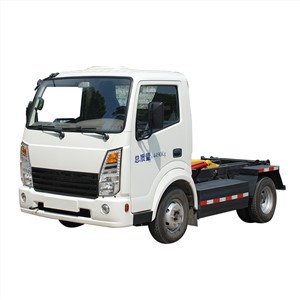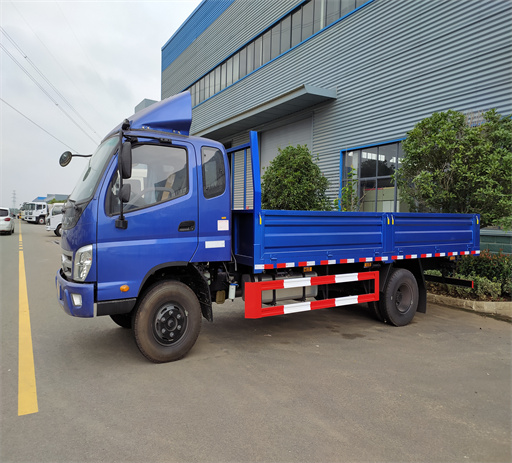How Many Gallons Does a Tanker Truck Hold? A Comprehensive Guide
Understanding the capacity of tanker trucks is crucial for logistics, transportation, and various industries relying on bulk liquid transport. This article dives deep into the capacities of tanker trucks, factors influencing their volume, and real-world applications, providing you with all the information you need.
Introduction to Tanker Trucks
Tanker trucks are specialized vehicles designed to transport liquids, gases, or solids in bulk. They play a significant role in several industries, from oil and gas to food and beverages. Their capacity can significantly affect delivery schedules, logistics costs, and overall project efficiency.
Average Capacities of Tanker Trucks
What Is the Standard Capacity of a Tanker Truck?
Most tanker trucks can hold between 5,000 and 11,000 gallons. The specific capacity often depends on the type of liquids being transported and the truck’s design. Here’s a detailed breakdown:
| Tanker Type | Typical Capacity (Gallons) |
|---|---|
| Fuel Tanker | 7,000 – 11,000 |
| Water Tanker | 2,000 – 5,000 |
| Chemical Tanker | 5,000 – 10,000 |
| Food-grade Tanker | 5,000 – 6,000 |
| Liquid Gas Tanker | 10,000 – 12,000 |
Factors Influencing Tanker Truck Capacities
Type of Liquid
The type of liquid being transported significantly influences tanker capacity. Different liquids have varying densities, which can affect the design and volume of the tank.
Design and Structure
The tank’s design — whether it’s cylindrical, rectangular, or another shape — can affect how much it can hold. The material construction also plays a role; for instance, some materials are better suited for certain liquids.

Regulatory Compliance
Regulatory requirements can dictate how much liquid a tanker truck can transport. Safety guidelines often require limited loads for hazardous materials.
Types of Tanker Trucks
Fuel Tankers
Fuel tankers are designed to transport petroleum products. They typically have larger capacities, ranging from 7,000 to 11,000 gallons, and often feature multiple compartments for transporting different types of fuel.
Example of Fuel Transport
When delivering gasoline to gas stations, a fuel tanker truck may hold 9,000 gallons of gasoline, allowing for fewer trips and more efficient delivery schedules.
Water Tankers
Water tankers are often used for agricultural purposes or firefighting. Their capacities typically range from 2,000 to 5,000 gallons.
Example in Firefighting
A fire department may use a water tanker holding 3,000 gallons to quickly supply water during a firefighting operation, improving response times significantly.
Chemical and Food-grade Tankers
These tankers are used for transporting chemicals and food products. Their capacities usually range around 5,000 to 10,000 gallons but require specific designs to ensure safety and compliance with health regulations.
Nutritional Supplements Transport
A food-grade tanker carrying liquid nutritional supplements might have a capacity of 6,000 gallons, ensuring that large quantities can be delivered to manufacturers in one trip.
Practical Applications of Tanker Trucks
Logistics and Supply Chain Management
Understanding tanker truck capacities is essential in logistics. Accurate estimations help businesses manage inventory and streamline operations.
Cost Efficiency
Transporting liquids in bulk can reduce transportation costs as well. For instance, a company may opt for a 10,000-gallon fuel tanker rather than multiple smaller vehicles, saving on both fuel and labor costs.
Choosing the Right Tanker Truck
Determining Your Needs
When choosing a tanker truck, consider the type and volume of liquid you need to transport. Assess the following:
- Type of liquid
- Frequency of transport
- Regulatory standards
- Budget considerations
Practical Tips for Selecting a Tanker Truck
- Consider a truck with a capacity slightly larger than your needs for flexibility.
- Check for compliance with local regulations for hazardous and non-hazardous liquids.
- Evaluate the safety features of the tanker truck.
Maintenance of Tanker Trucks
Regular Inspections
Ongoing maintenance is vital for tanker trucks to prevent accidents and ensure compliance with safety regulations.
Inspection Checklist

- Tire conditions
- Brake functionality
- Tank integrity for leaks
- Pump operation
Importance of Proper Cleaning
Cleansing the tanker after transporting different types of liquids helps prevent contamination and prolongs the life of the truck.
Environmental Considerations
Regulations on Tanker Trucks
Different jurisdictions have varying environmental regulations that apply to tanker trucks. Compliance is not only a legal requirement but also essential for public safety.

Reducing Emissions
Using modern, fuel-efficient tanker trucks can help minimize emissions and lessen the environmental impact of bulk liquid transportation.
FAQ Section
How many gallons can a typical fuel tanker hold?
A typical fuel tanker can hold between 7,000 and 11,000 gallons, depending on its design and the type of fuel it carries.
What factors affect the capacity of a tanker truck?
The capacity of a tanker truck is influenced by the type of liquid being transported, the truck’s design, and regulatory compliance requirements.
Can tanker trucks transport hazardous materials?
Yes, but they must comply with strict regulatory guidelines to ensure safety during transport.
What maintenance is required for tanker trucks?
Regular inspections, proper cleaning, and maintenance of vital components like brakes and tires are essential for safe operation.
How does the type of liquid affect tanker design?
Different types of liquids require different tank designs to ensure safety, efficiency, and compliance with regulatory standards.
Are there specific regulations for food-grade tankers?
Yes, food-grade tankers must adhere to strict health and safety regulations to prevent contamination of food products during transport.
